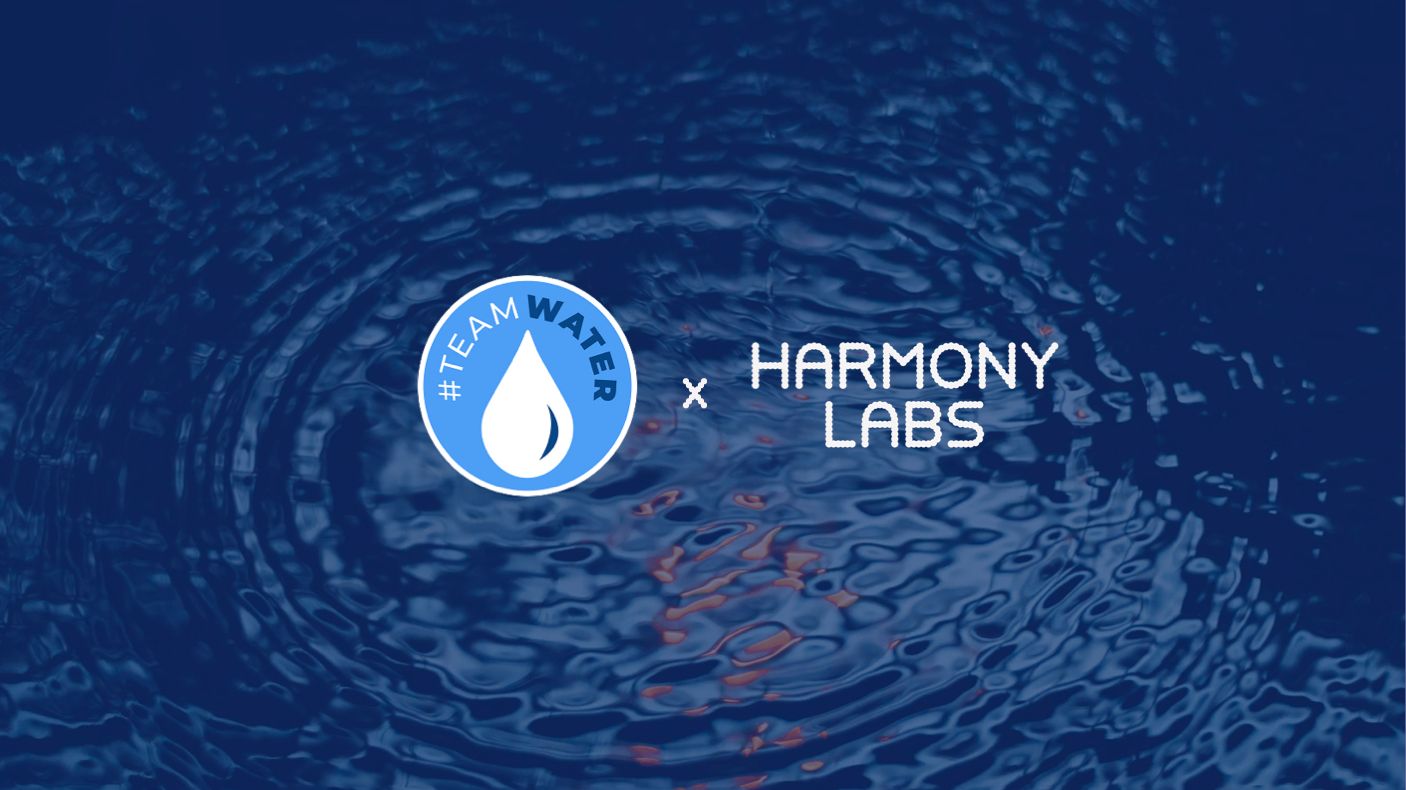Four Principles For Building Power in Media


2023-02-15
2022 was a period of significant growth at Harmony Labs. We continued to evolve our research approach, which produced valuable new audience-based insights, narrative and network analyses, and empirical validation of cultural strategy and content for dozens of partners, both old and new.
At the center of this work was the Narrative Observatory: data infrastructure purpose-built to help artists, activists, and advocates tell better stories through and with media. In the coming weeks, we look forward to officially launching an all-new version of this tool, culminating 4 years of research and prototyping with support from the Bill & Melinda Gates Foundation and the Robert Wood Johnson Foundation.
Building from these tools and in close collaboration with our community, we are proud of what we accomplished together and have highlighted some standout insights from our research below.
In the last year alone, the Narrative Observatory has been used for innovative new research on guns, immigration, denuclearization, health equity, news consumption, and more. We’ve selected some standout insights below:
Robert Wood Johnson Foundation enlisted our support to build an audience-narrative architecture that could help change the narrative on health equity. In partnership with Story Strategy Group, we built and tested hundreds of new storytelling approaches, some of which even transported our hard to move Don’t Tread on Me audience towards a target narrative of health equity. Explore the complete findings here.
This finding was one of many uncovered during our partnership with United We Dream to study how Latinx people encounter stories about immigration in U.S. media, and our full research is already helping inform communication strategies for pro-immigration advocacy.
We completed new research with our legacy partner Nuclear Threat Initiative (NTI) on denuclearization in the U.S. and created audience-specific cultural briefs for a group of artists and media makers to retell the nuclear story.
We partnered with EquisLabs and Cultural Engagement Lab to research the polarizing content targeted at Latinos and identify channels with possible in-roads (or obstacles) for narrative intervention. The major finding was four distinct content ecosystems, each with unique engagement opportunities and challenges.
We completed new research to better understand the current landscape of civic information consumption for those who aren’t already consuming news, and where untapped engagement opportunities may exist to reach them.
In partnership with the Brown-Lifespan Center for Digital Health, we generated a groundbreaking report on U.S. gun culture online, also published in the Preventive Medicine journal. This research offered a first look at the narrative landscape around guns and firearms in America, with the goal of laying the groundwork for future intervention and sustainable firearm safety.
We continued to make our one-of-a-kind media data available to academics via our Research Network and a safe, secure analysis platform, adding new researchers from George Washington University, Stanford University, University of Utah, Hertie School, and Rethink Media.
We collaborated with a number of different artist communities through our work with The Butterfly Lab for Immigrant Narrative Strategy and Narrative Initiative. Through these partnerships, we helped cohorts of artists, educators, and advocates create new storytelling strategies to counter problematic cultural narratives.
We grew our Advisory Board, including engaging them to help strengthen our equitable and participatory research practices. We also expanded our Board of Directors with two new members, Maryl Widdows and Omar Wasow.
Finally, a key part of our mission remains sharing our work widely and publicly, and in the last year we expanded our efforts to increase the visibility of our work through our blog, webinars, roundtables, keynotes, and new websites. Helping make this possible were creative collaborations with Base Design and Pedro Sanches.
The work above was only made possible with generous support from our funders, our partners, and everyone who we were lucky enough to collaborate with over the last year.
We’re always looking for ways to expand our work with new partners, and we invite you to reach out if you have an idea we might pursue together to further our mission to use science, data, and creativity to research and reshape our relationship with media.



